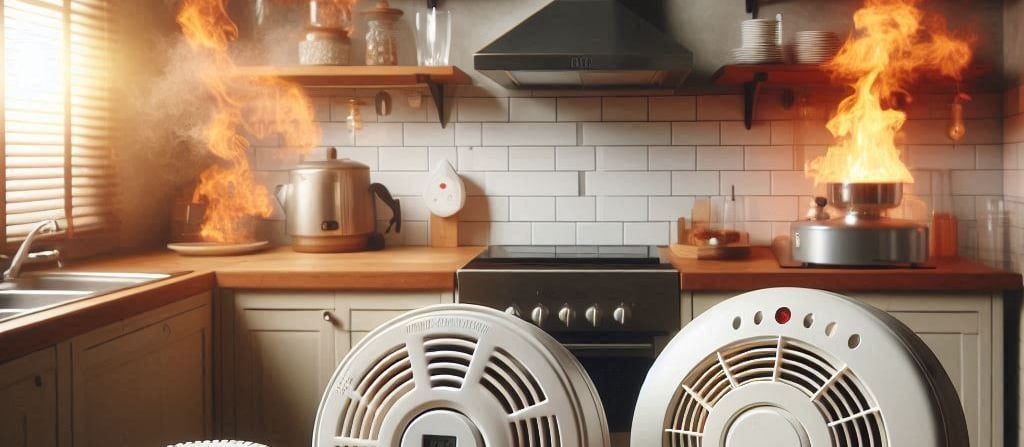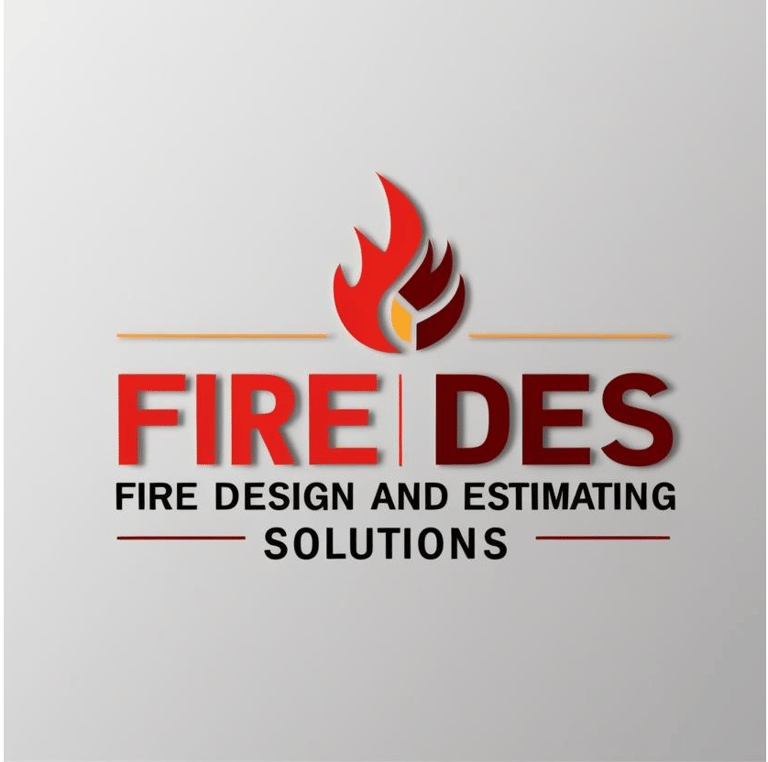Smoke VS Heat
Selecting the right devices is essential for effective fire safety design. Proper choice ensures optimal performance, compliance, and protection in various environments.
5/17/20252 min read


Heat Detectors vs. Smoke Detectors: Critical Design Considerations to Prevent Costly False Alarms
When designing fire protection systems, one of the most crucial decisions is choosing between heat detectors and smoke detectors. While both serve to detect fire hazards, selecting the wrong device for the environment can lead to spurious false alarms, disrupting businesses and costing clients thousands in operational downtime, unnecessary evacuations, and regulatory fines.
In accordance with AS 1670.1:2018, fire system designers must take a strategic approach to detector selection—matching the device to the environmental conditions to ensure both safety and reliability.
Understanding Smoke Detectors: Early Warning, but Prone to False Alarms
Smoke detectors are designed to identify airborne particles generated by combustion. They are effective in environments where fast detection is critical, such as residential spaces, offices, and hotels.
📌 Common Smoke Detector Types:
Photoelectric Smoke Detectors – React to visible smoke particles by detecting scattered light.
Ionization Smoke Detectors – Detect microscopic combustion particles, ideal for fast-burning fires.
Smoke Detector Design Considerations:
✔ Best for clean environments with minimal air contaminants (e.g., offices, meeting rooms). ✔ Provides rapid fire detection, enhancing life safety measures. ❌ Prone to false alarms in areas with steam, dust, or fumes (e.g., kitchens, garages, warehouses).
Why Designers Choose Heat Detectors Over Smoke Detectors
Unlike smoke detectors, heat detectors activate based on temperature changes rather than airborne particles. This makes them ideal for high-risk environments where smoke detection would lead to frequent false alarms.
📌 Heat Detector Types:
Rate-of-Rise Heat Detectors – Trigger when a sudden temperature increase occurs.
Fixed-Temperature Heat Detectors – Activate once a predefined temperature threshold is exceeded.
Key Design Considerations for Heat Detectors:
✔ Prevent unnecessary alarms in kitchens, workshops, and industrial settings. ✔ Ideal for environments with steam, smoke, or airborne particles that could interfere with traditional smoke detection. ✔ Designed to reduce nuisance alarms, preventing disruption to business operations.
The Cost of False Alarms: Why Thoughtful Design Matters
Poorly designed fire detection systems can result in frequent false alarms, leading to: 🚨 Unnecessary evacuations, frustrating occupants and staff. 💸 Financial losses, including business downtime, fines, and compliance breaches. 🔧 Costly maintenance call-outs to reset alarm systems.
By ensuring appropriate device selection, designers can optimize fire safety while protecting businesses from unnecessary disruptions.
Final Thoughts: Smart Design Minimizes False Alarms
Fire detection systems should never be a one-size-fits-all solution. Selecting the right device from the start prevents costly disruptions, enhances safety, and ensures compliance with AS 1670.1:2018.
By working with experienced designers who prioritize strategic device selection, businesses can protect their property, occupants, and financial bottom line—without unnecessary headaches from false alarms.
AS 1670.1:2018 Compliance & Fire DES Approach
At Fire DES, we take a detailed approach to fire detection system design, ensuring alignment with AS 1670.1:2018, and BCA and minimizing false alarms:
✅ Site-Specific Risk Assessment – Evaluating environmental factors before selecting detector types. ✅ Precision-Based Design – Choosing heat vs. smoke detectors based on occupancy and fire risk. ✅ Regulatory Compliance – Meeting AS 1670.1:2018 & BCA standards for reliability and safety.
